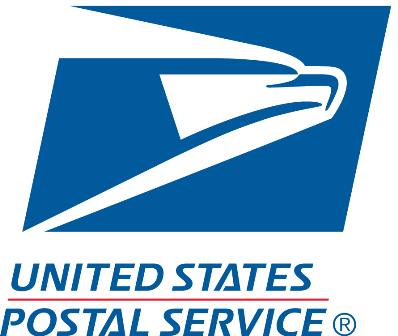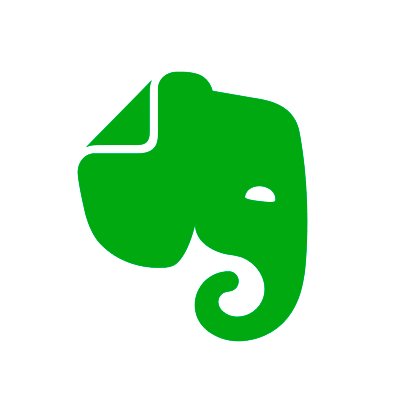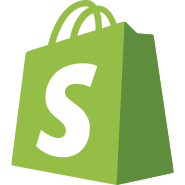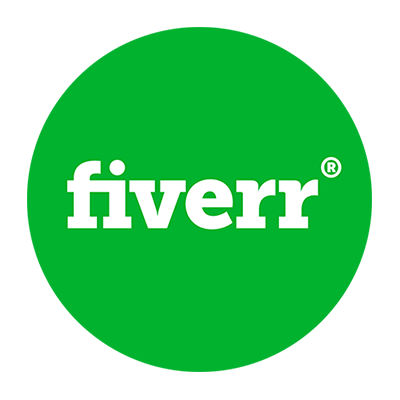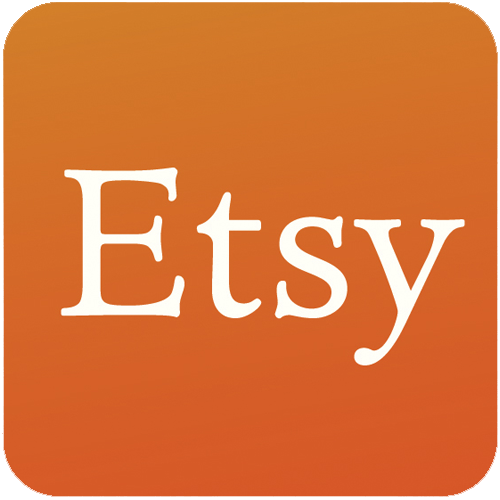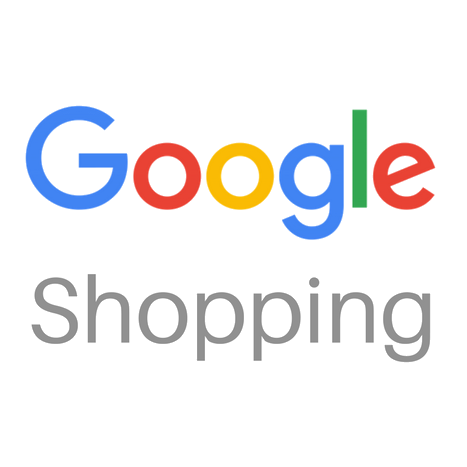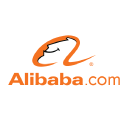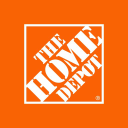How We Started A $18K/Month Fun And Colorful Groomsmen Socks Company
Hello! Who are you and what business did you start?
We are Mari and Matt McNamara and we’re the founders of No Cold Feet, a gifting company currently focused on groomsmen gifts. We’re in our third full year of business and planning on growing our business more than ever with new products, increased marketing, and focusing on growing our various platforms.

More specifically, we sell socks with custom labels/sleeves for grooms to ask their groomsmen to stand with them (a groomposal) or to thank them for standing with them on their wedding day. We also have a lot of brides who buy our “in case of cold feet” socks and labels to give to their soon-to-be husbands. We recently re-launched our website in order to allow for product expansion and to improve our overall...

Download the report and join our email newsletter packed with business ideas and money-making opportunities, backed by real-life case studies.

Download the report and join our email newsletter packed with business ideas and money-making opportunities, backed by real-life case studies.

Download the report and join our email newsletter packed with business ideas and money-making opportunities, backed by real-life case studies.

Download the report and join our email newsletter packed with business ideas and money-making opportunities, backed by real-life case studies.

Download the report and join our email newsletter packed with business ideas and money-making opportunities, backed by real-life case studies.

Download the report and join our email newsletter packed with business ideas and money-making opportunities, backed by real-life case studies.

Download the report and join our email newsletter packed with business ideas and money-making opportunities, backed by real-life case studies.

Download the report and join our email newsletter packed with business ideas and money-making opportunities, backed by real-life case studies.







